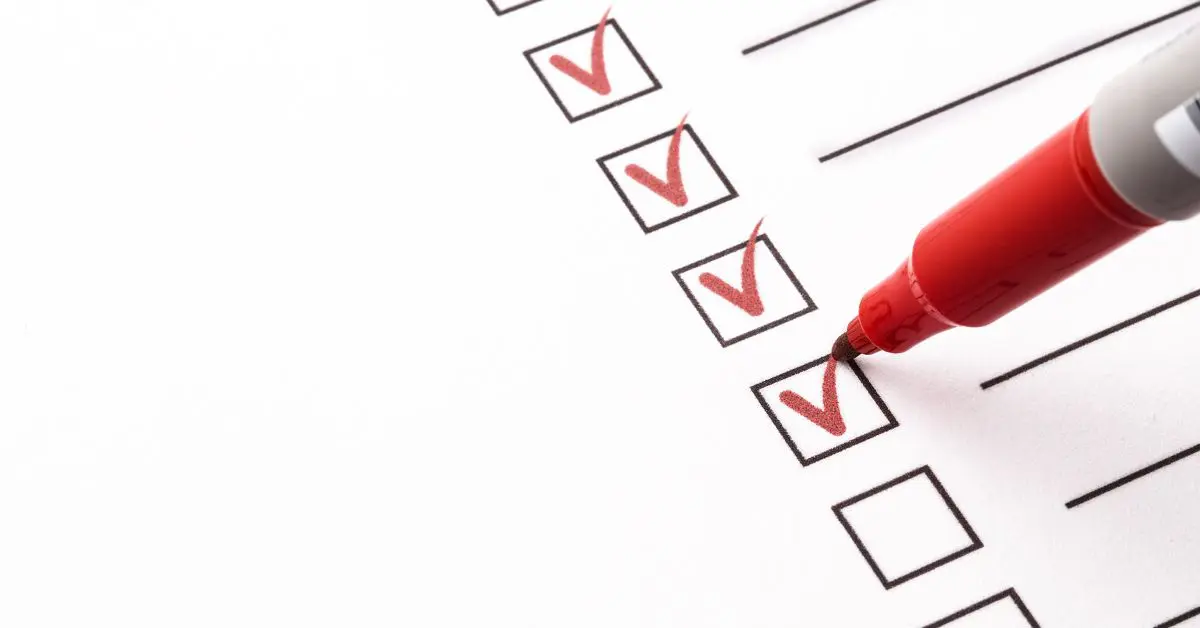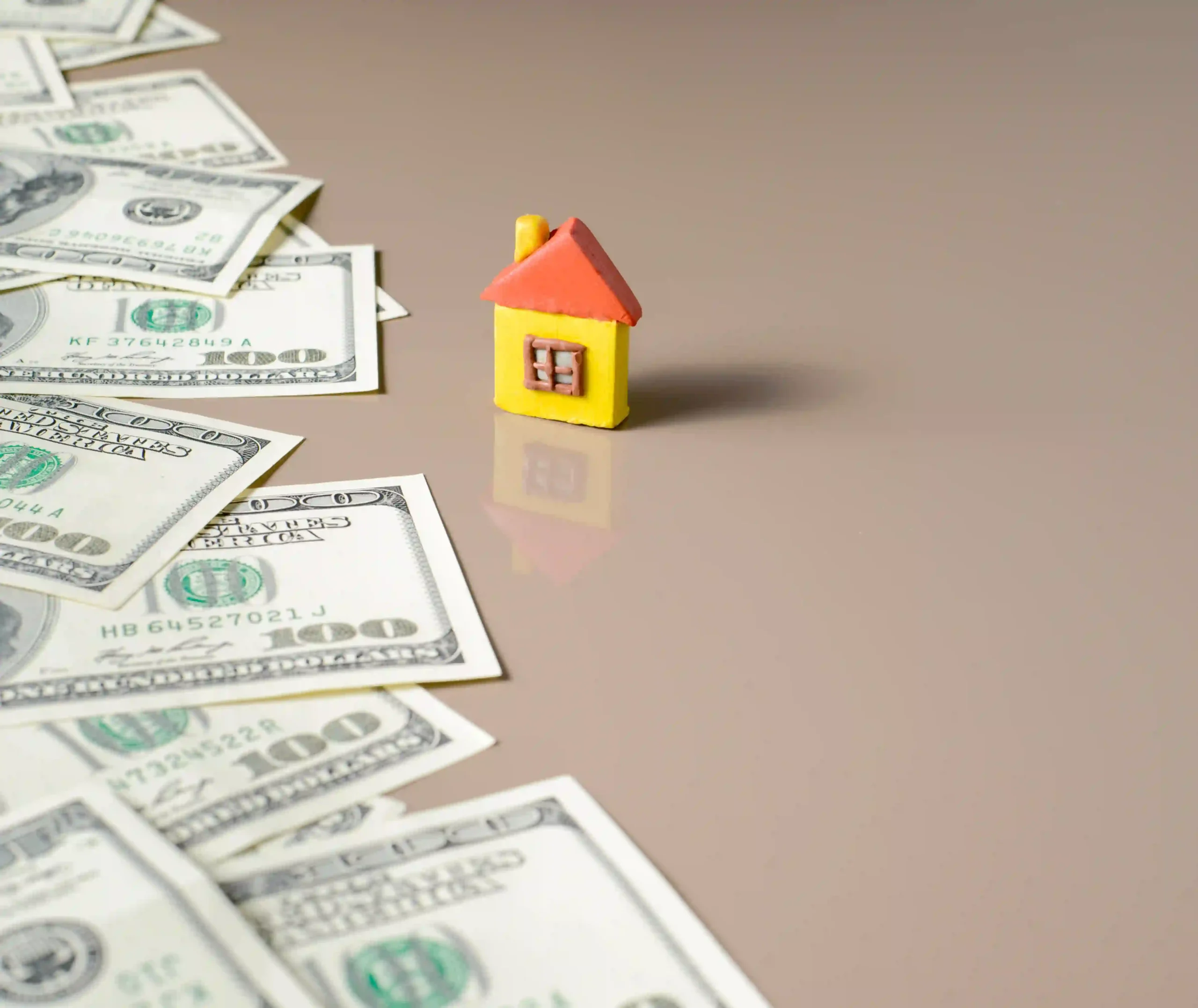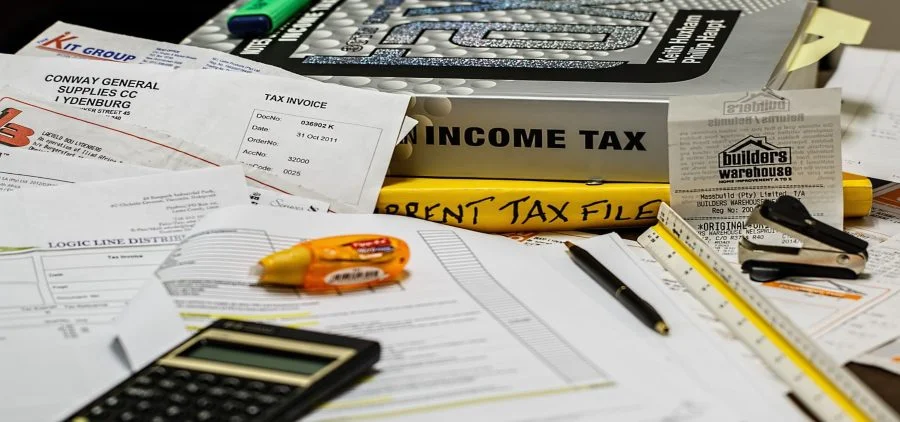Real Estate Wholesaling Checklist: (Step By Step) Guide


Real estate wholesaling is an incredibly lucrative investment strategy that allows investors to acquire properties at a discounted rate, quickly flip them for a profit, and repeat the process. It is also one of the most efficient ways to get started investing in real estate, as it requires minimal capital and minimal experience.
For those interested in taking advantage of this low-risk investment strategy, it’s important to first understand all the steps involved in successful real estate wholesaling. It begins with finding properties you can purchase at a discount and ends with an experienced buyer willing to pay more for the property than you paid. To ensure your success in real estate wholesaling, here is a step-by-step checklist outlining each stage of the process.
Before beginning any real estate transaction, it’s important to conduct market research so that you know what types of properties are suitable investments for wholesaling. Gather information about local neighborhoods and compare prices for similar properties. This will help you determine which areas offer the potential for gaining profits through wholesaling activities.
The key to successful real estate wholesaling is finding deals that represent value and potential profits. Look out for distressed properties, motivated sellers, and foreclosures in your target market area. You can also evaluate auction websites where foreclosed homes are often sold at significantly discounted prices. Make sure to also leverage your network – ask friends or colleagues if they know anyone looking to sell their property quickly or at a bargain price. Networking with other investors can provide useful resources such as leads on potential deals that aren’t yet publicly listed on the market.
Once you find a potential deal, analyze the numbers carefully before making an offer on the property. Calculate repair costs, closing costs, and other expenses associated with purchasing the property. Take into account all necessary repairs or improvements required after purchasing the property before determining how much profit you anticipate from reselling it later down the line. Additionally, make sure there are no liens against the title or any hidden costs that could eat away your anticipated profits later on down the line when reselling it.
Real estate wholesalers typically use hard money loans or private money lenders to finance their transactions since traditional lending sources take longer than expected to approve applications and release funds needed for quick acquisitions of discounted properties in order to realize profits from flipping them fast enough before interest rates rise too high already baked into their acquisition price calculations earlier on during their preliminary research stages before arriving at decisions built on sound judgement founded upon deliberation over crunching solid numbers backed up by pertinent facts based off research data derived from conducting market surveys while considering multiple scenarios taking into account various risks posed along entire construction project life cycles ranging from pre-construction planning all throughout completion followed through post-occupancy customer satisfaction assessments prior even thinking about flipping these assets anytime soon afterwards either way regardless when all these factors together culminate towards successfully securing financing overall eventually enabling investors able doing just that however but only if done right consistent enough under predefined terms otherwise not succeeding text instead
When negotiating terms with sellers, be firm yet flexible; identify flaws within their offers so as not to overpay for a deal but also don’t be afraid of walking away from negotiations if something doesn’t feel right or if unreasonable demands are made from either side leading up until signing off contracts between both parties involved officially binding them together legally obligated therefore consequently committing themselves towards achieving mutually beneficial outcomes by adhering closely sticking strictly following previously agreed upon conditions established prior reaching agreements initially prior even beginning talks ever commencing anyway still regardless right afterwards once underway then continuing engaged conversations negotiating purchasing terms ultimately culminating towards finalizing deals eventually approving contracts between both sides accordingly ensuing everything done above board officially thus concluding negotiations successfully not long after either way finally
Creating legally binding contracts is essential when engaging in real estate transactions; this includes purchase agreements between seller and buyer(s), partnership agreements between investors entering joint ventures etc., loan documents (promissory notes), releases/waivers among other legal documents required depending upon each individual’s particular situation alongside state laws governing how investments must be handled accordingly due according every jurisdiction’s regulations requiring filing specific paperwork duly signed off correctly filled out properly documented correctly accurately according regulations otherwise risk risking repercussions including lawsuits criminal proceedings jail time maximum sentences fines damages awards monetary reparations compensatory payments etcetera whenever breaking violating flouting disobeying disregarding failing ignoring neglecting passing breezing over skimming missing reading circumventing skipping not reviewing any applicable laws already existing safeguarding citizens’ rights protecting buyers’ interests guarding against fraudulent activities etcetera.
Securing financing is a crucial step in the real estate wholesaling process; various lenders including banks, credit unions, and private money sources are all viable options depending upon each individual’s financial situation and their willingness to engage in risky investments. When applying for loans, be sure to have your documents ready such as proof of income, bank statements, credit report, and other relevant information that may help you secure financing more quickly. It’s also important to research interest rates, loan terms, and repayment schedules before submitting any applications as these can all vary significantly from one lender to another. Additionally, make sure you understand any fees associated with the loan before signing off on any agreements.
Once you’ve obtained financing and all paperwork is complete, it’s time to close the deal. This involves signing off on contracts between both parties involved, transferring legal ownership of real estate from seller to buyer, and obtaining title insurance (if applicable). All paperwork must be handled accurately and according to state laws governing how investments must be handled; failure to do so could result in steep penalties for those involved. After closing, make sure both parties receive copies of all documents signed during the transaction such as closing statements, purchase agreements, and other relevant information to ensure smooth sailing throughout the entire process.
After all the hard work, it’s time to reap the rewards. Once the closing has occurred and ownership of real estate has been transferred from seller to buyer, wholesalers will typically receive their share of profits in one lump sum or as agreed upon before closing. Depending on each individual’s particular situation, profit could range anywhere from a few hundred dollars to thousands depending on the amount of work put in along with any other variables that may affect the outcome.
Once you’ve collected your profits, it’s important not to rest on your laurels– keep repeating the process until you reach your goals. With experience comes success; don’t be afraid to take risks when necessary and tap into new markets as they become available. Wholesaling real estate is a lucrative business that can be incredibly rewarding if done properly; by following these steps and continuing to educate yourself, you’ll be well on your way to becoming the next successful wholesaler in no time!
Congratulations– you now know how to successfully wholesale real estate! By taking the time to learn each step of the process, you’ll be able to set yourself up for success throughout your career.

September 17, 2024

September 10, 2024

September 3, 2024

August 30, 2024

July 27, 2024

March 14, 2024

March 15, 2023

March 15, 2023

March 15, 2023